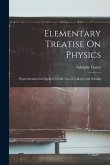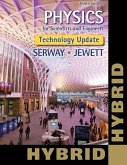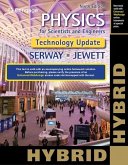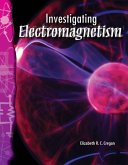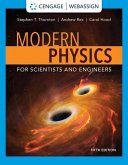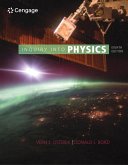This mathematical supplement written by the text authors is keyed to the textbook and develops some of the numerical aspects of this course that can be addressed with simple algebra and geometry. It is ideal for courses having a heavier emphasis in problem solving and quantitative reasoning. Readers are alerted to which sections in the textbook have a parallel presentation in Problem Solving by a math icon. The supplement contains extended mathematical discussion for those sections with additional worked examples and numerical end-of-chapter problems with odd-numbered answers in an appendix.

